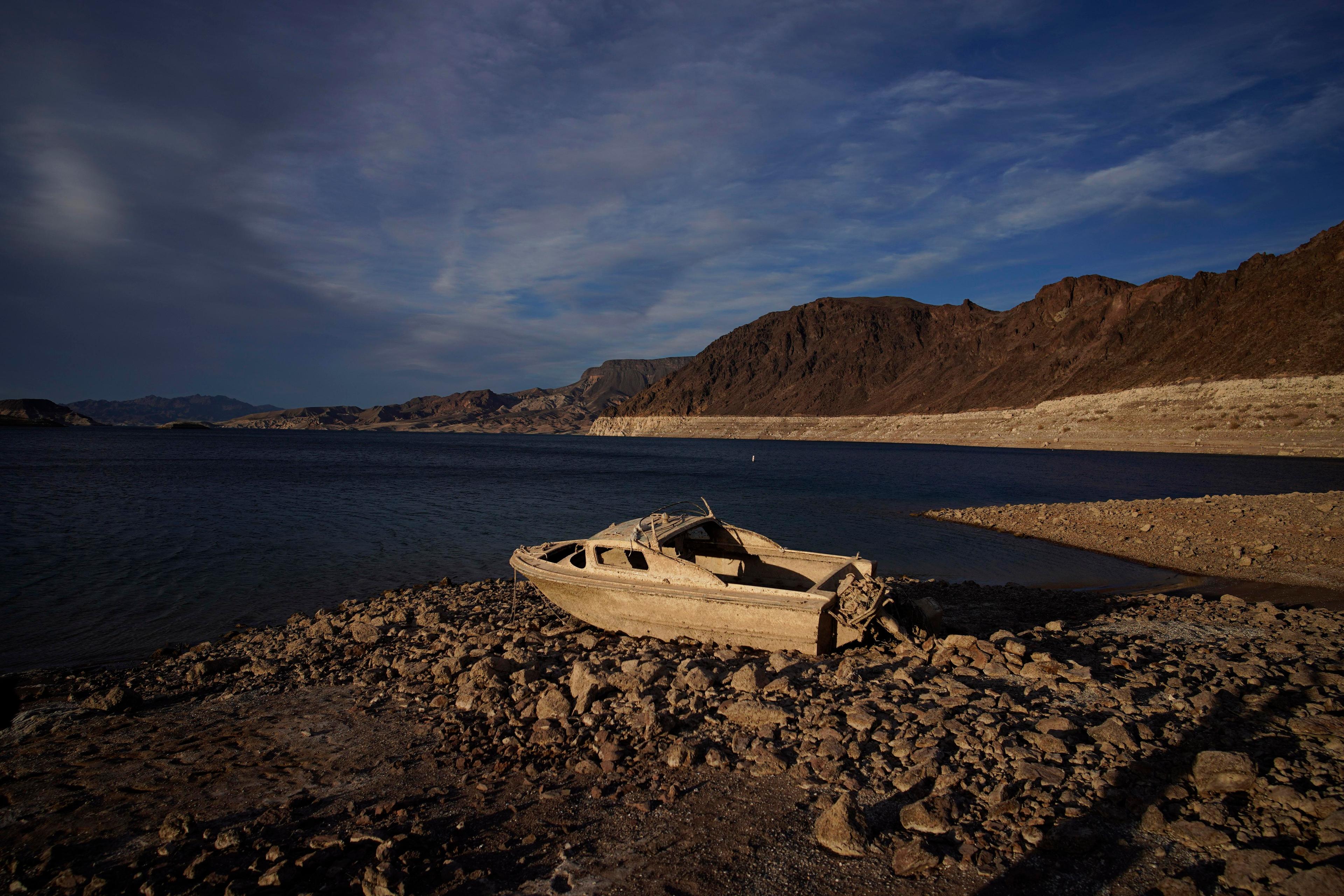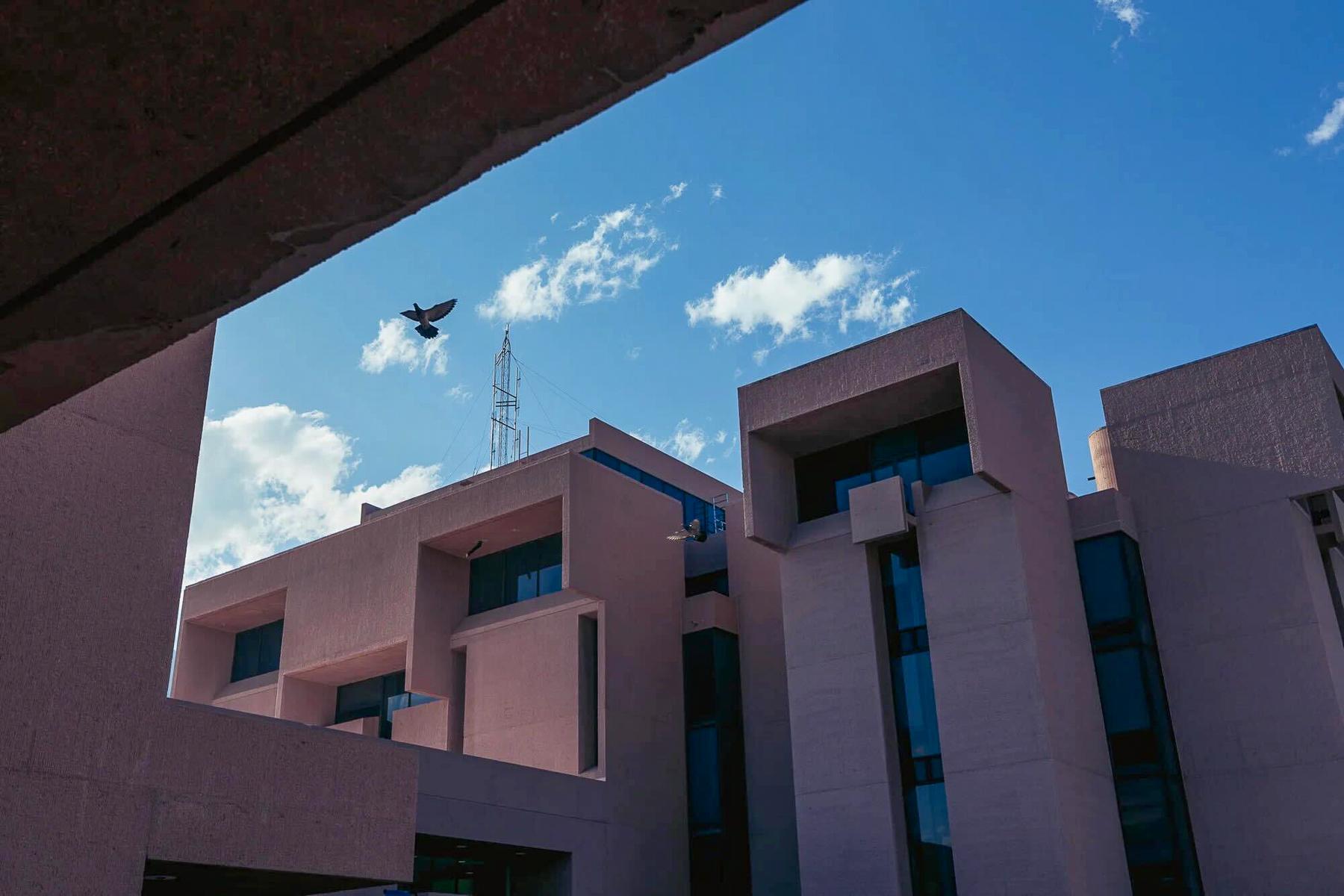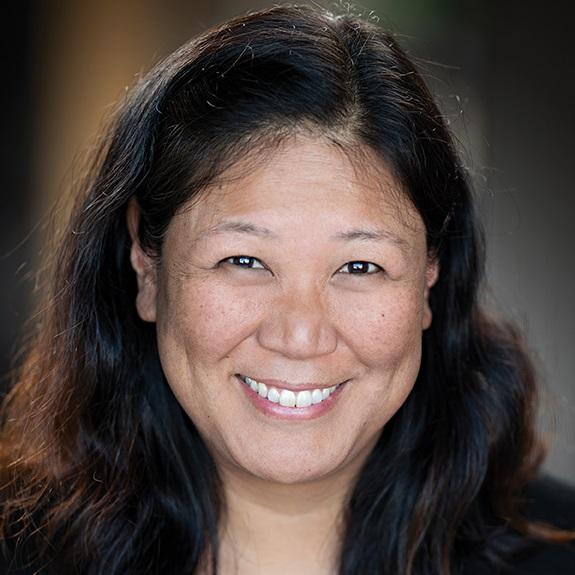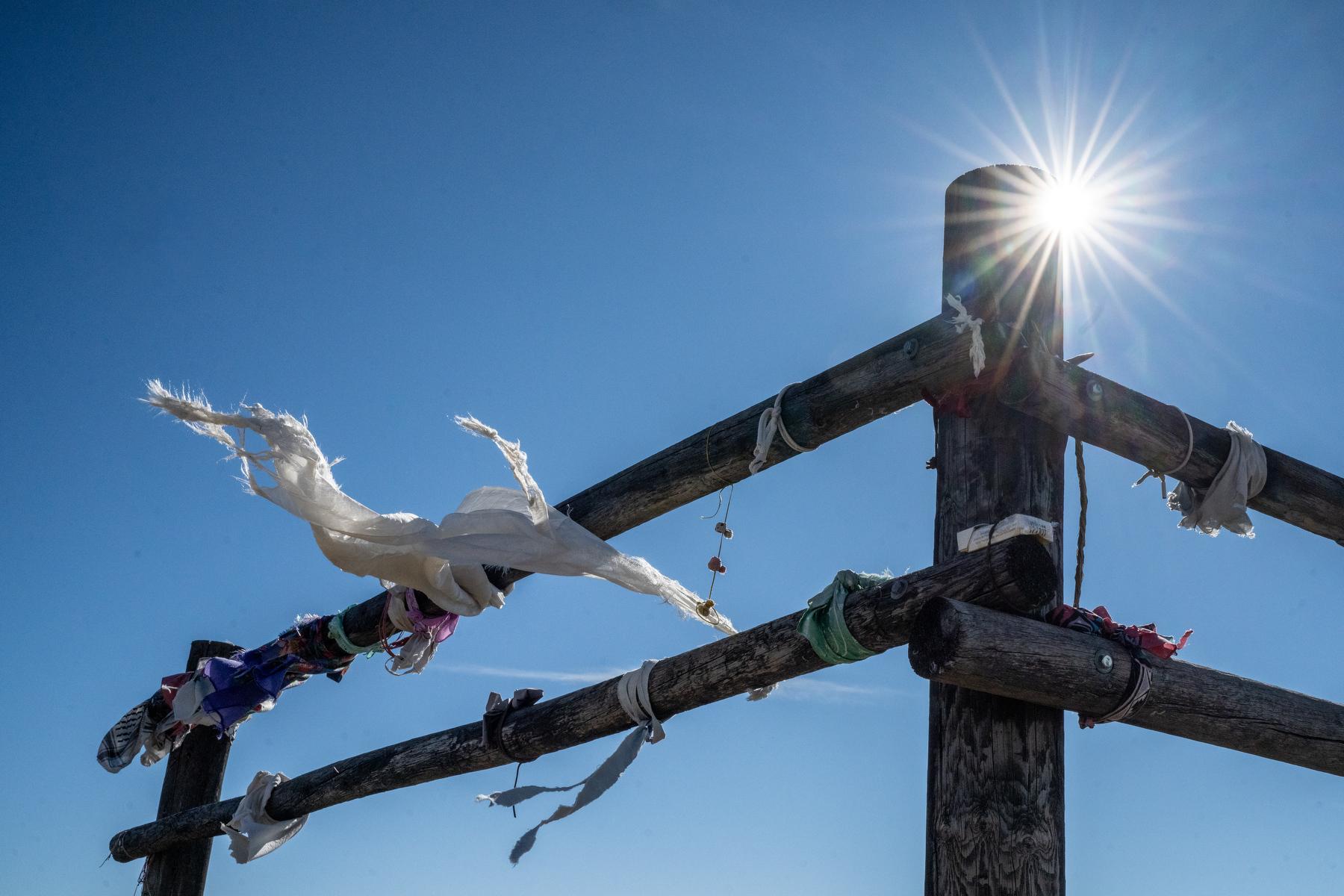
When author and minister Nancy Niero first encountered Capt. Silas Soule, she didn’t know how deeply his story would shape her own. Early in her work as a museum educator at the Colorado Historical Society, she remembers walking down a sweeping staircase during her new employee tour. There, next to a tipi, hung the portrait of a young soldier.
“I said, ‘Who is he?’ And my guide said, ‘Well, that's Silas Soule. He was at Sand Creek and disobeyed orders, and then wrote a letter about what he saw, and there was a congressional inquiry, and he was assassinated for speaking his truth.’”
That moment launched a decades-long connection Niero described as “divine,” that would eventually lead her to write “Witness at Sand Creek: The Life and Letters of Silas Soule.” The book brings forward Soule’s personal letters and moral stance during one of Colorado’s darkest chapters.
A life shaped by abolition, war and conscience
Soule grew up in an abolitionist family that moved from Massachusetts to Kansas to keep the territory free from enslavement. As a young man, he traveled with John Brown — an abolitionist who fought to end slavery — and later came west to Colorado in 1860 with his brother and cousins to search for gold.
Soule enlisted in the Civil War. His military service ultimately placed him at Sand Creek on Nov. 29, 1864, where he refused to participate in the massacre of hundreds of Cheyenne and Arapaho people.
In the weeks after the massacre, Soule wrote a meticulous and damning letter to Officer Ned Wynkoop, detailing the atrocities he witnessed. The letter traveled through Army leadership and became crucial evidence in the 1865 congressional inquiry into the massacre. Soule testified for six days.
A few months later, he was shot and killed in Denver.
Why Niero avoids calling Soule a “hero”
Although Soule is widely remembered as the officer who refused to fire, Niero is cautious with modern labels.
“I think that we have to be careful about using that word in the 21st century … I don't even like the word hero … as we try to look at historic racial injustice.”
Instead, she focuses on the example he set.
“I think he's courageous … How do we find our own moral courage in our lives today?” she said. “How do we find our ways to not be silent?”
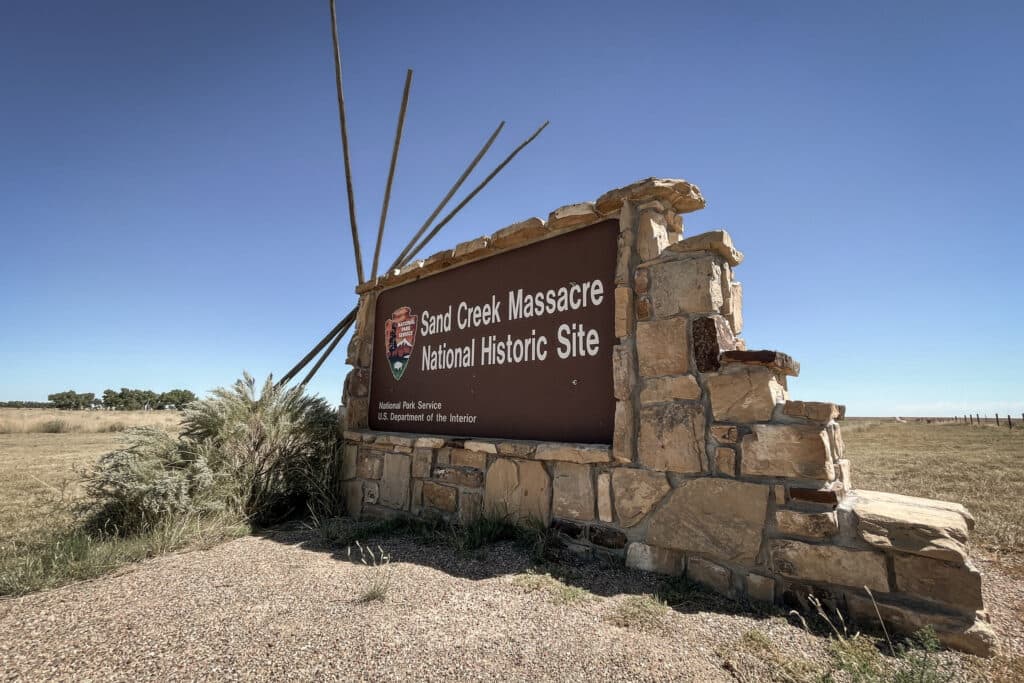
The letters that brought Soule to life
Niero’s book centers on 25 letters Soule wrote between 1860 and 1865. She first encountered them while a student at the Iliff School of Theology in Denver. Over time, she learned how intentionally Soule’s descendants had preserved the writings.
“It became really clear that this collection of letters had been lovingly cared for and preserved by Silas's family over these multiple generations, especially by women,” she said.
The letters reveal a man who was witty, thoughtful and deeply devoted to his family. Soule longed for home and reflected openly on the hardships of military life.
In one letter, he describes singing “The Star-Spangled Banner” and “Yankee Doodle” with fellow soldiers on the march to New Mexico — moments that contrast with later reflections on the brutality and moral weight of war.
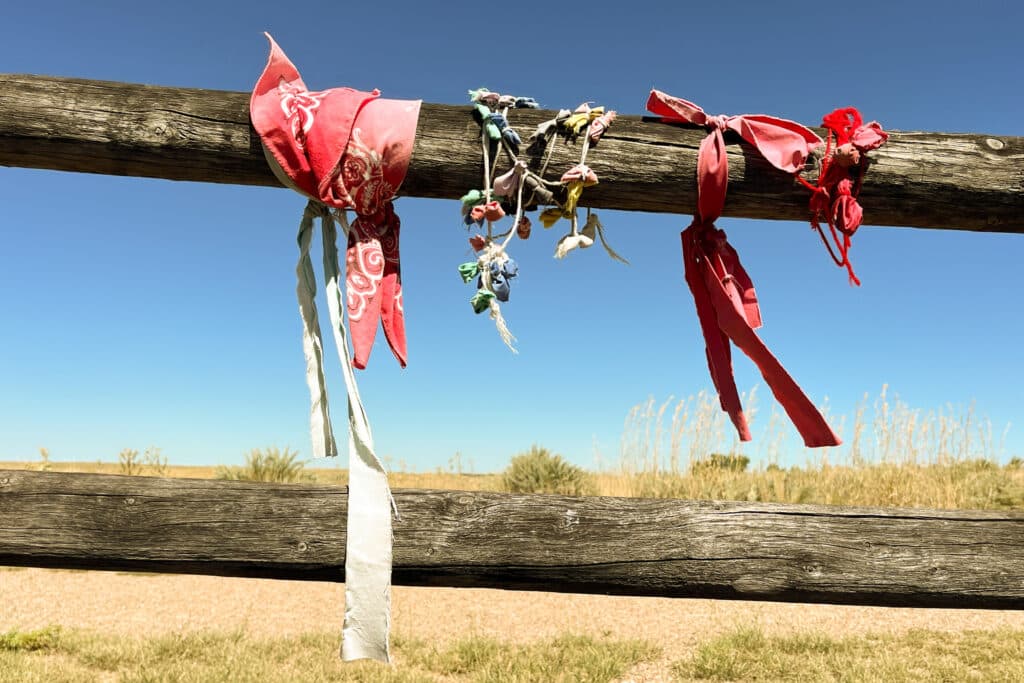
What Soule’s story offers today
For Niero, Soule’s legacy serves as a guide for modern conversations on injustice, responsibility and courage.
“How do we raise our kids to know what right is from wrong?” she asked. “Showing up is moral courage … Raising our kids to know right from wrong, that's moral courage.”
Niero, who is white, also said it’s important for white people to engage with this history.
“This is a white problem that must be solved. Racism is a white problem that is white people's duty and demand to resolve,” she said. “We need examples like Silas to show us the way… how to show up and stand up and speak up with people of color.”
For Niero, Soule’s writings aren’t relics — they’re an invitation. Around the anniversary of the Sand Creek Massacre, as descendants gather to remember those killed, she feels drawn again to his letters and the accountability they ask of readers today.
Remembering the massacre today
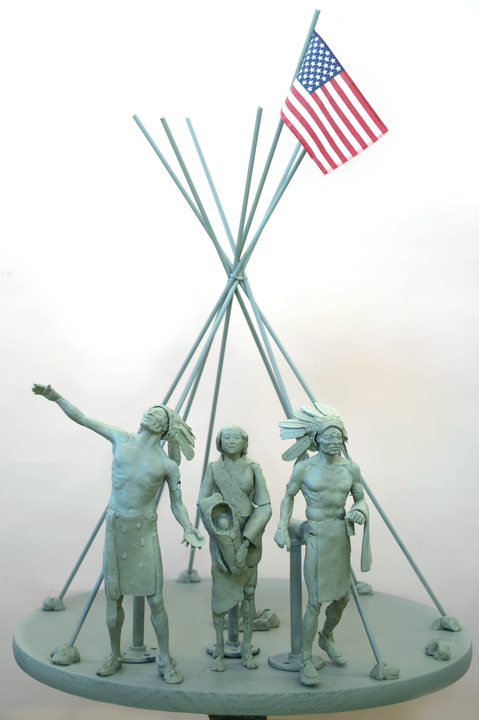
A candlelight vigil commemorating the Sand Creek Massacre, led by Cheyenne and Arapaho descendants, will be held Saturday, Nov. 29, from 6:30 to 8 p.m. at the Acoma Plaza of the Denver Public Library’s Central Library at 10 W. 14th Ave. The event is free and open to the public.
Niero ends her book with a public invitation to anyone — including descendants of soldiers who stole artifacts and human remains from the massacre site — to consider returning what was taken.
Her book includes guidelines on the repatriation process.

